- Where: Conference Centre, level 1
- When:
- 6 October, 8.30 p.m. – 11.00 p.m.
- 7 October, 11.00 a.m. – 10.00 p.m.
- 8 October, 11.00 a.m. – 8.00 p.m.
The theme of the 13th Przemiany Festival makes us look at our physicality from various perspectives. In microbiology, a superorganism is a microcosm of multi-species relations, a constantly evolving collective. From the point of view of an individual, a superorganism is the horizon of our ambitions and hopes for a healthy, active and long life. Where will technologically assisted evolution take us? Will we become similar to cyborgs or hybrids of animals and plants? How far can we push the limits of our vitality? These are only a few questions that construct this multi-threaded tale's narration.
The exhibition presents works by renowned Polish and foreign artists, creating their work in new media art, bio art and kinetic art. Additionally, we will demonstrate the masterpieces of Polish sports documentaries.
Exhibiting artists:Olivia Arthur, Burton&Nitta, Marco Costantini, Anna Dumitriu, Bogdan Dziworski, Elvin Flamingo, Małgorzata Gurowska, Terike Haapoja, Susanna Hertrich, Piotr Jędrzejewski, Amy Karle, Natalia Kopytko, Jarosław Kozakiewicz, Stanisław Łoboziak, Janusz Majewski, Lucy McRae, Joel Ong & Elaine Whittaker wraz z zespołem „Proximal Spaces”, Otto Bock Polska sp. z o.o., Sergiusz Sprudin, Agata Szydłowska, Daniel Warner, Edward Żebrowski, Karolina Żyniewicz
- Exhibition curator: Rafał Kosewski
- Coordination: Agnieszka Gurczyńska
- Draft and execution: Matosek&Niezgoda
- Texts: Katarzyna Nowicka, Rafał Kosewski
- Technical supervision: Rafał Zarzeka
We would like to thank the Documentary and Feature Film Studio in Warsaw and the Educational Film Studio in Łódź for their help in preparing the exhibition.
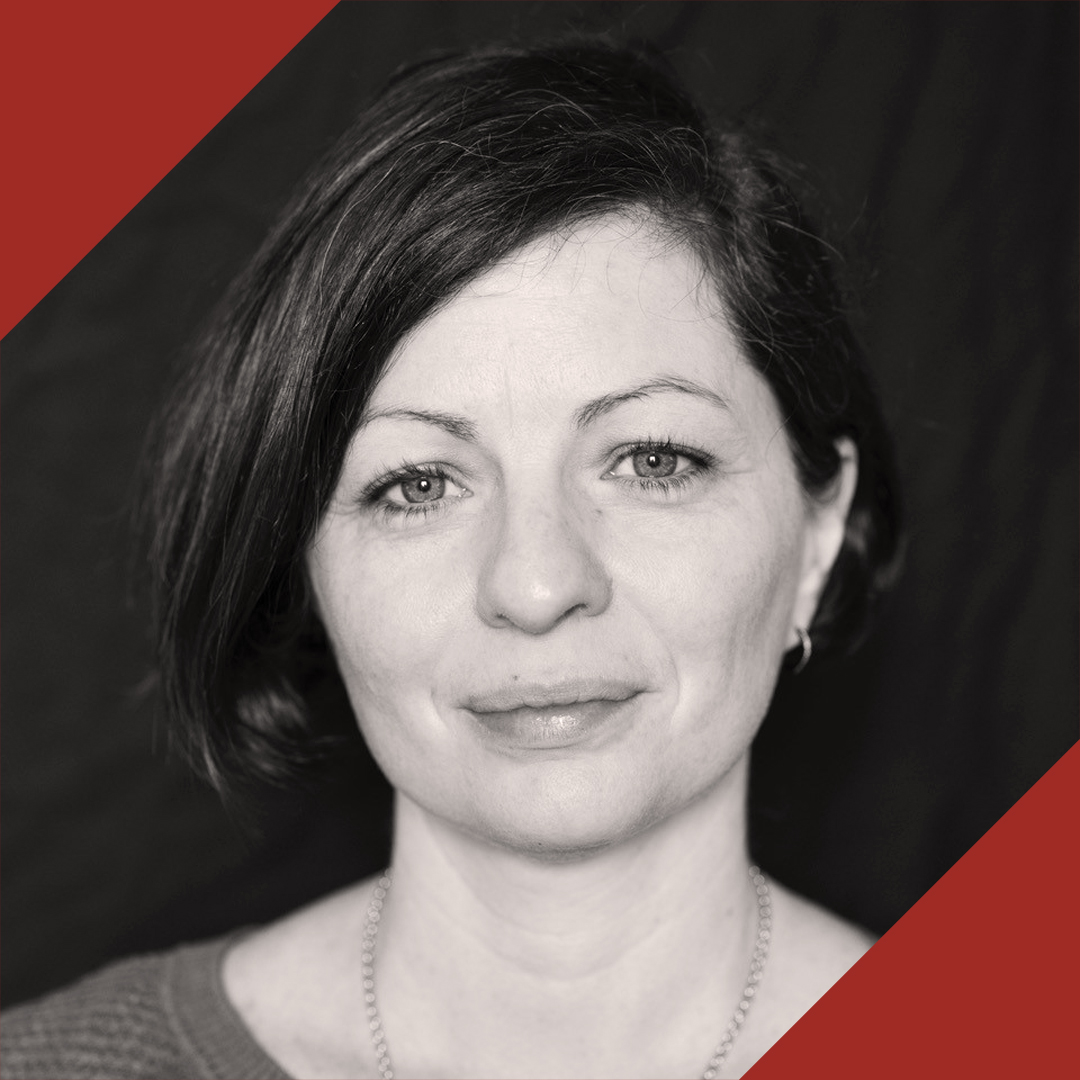 A London-based photographer known for in-depth research on personal and cultural identity. In her first book, "Jeddah Diary", she describes the lives of young women in Saudi Arabia. Her second book, "Stranger", describes a journey to Dubai from the perspective of a shipwreck survivor. Recently, Arthur has also begun to explore people’s relationship with their bodies, their physicality and their relationship with technology.
A London-based photographer known for in-depth research on personal and cultural identity. In her first book, "Jeddah Diary", she describes the lives of young women in Saudi Arabia. Her second book, "Stranger", describes a journey to Dubai from the perspective of a shipwreck survivor. Recently, Arthur has also begun to explore people’s relationship with their bodies, their physicality and their relationship with technology.
She is the co-founder of the Fishbar photography space in London. In 2013, she became the Magnum Photos agency member, and in 2020–2021 she was its president. Her pieces were exhibited worldwide and are gathered in institutional collections in Great Britain, USA, Germany and Switzerland.
 A London-based transdisciplinary art and design studio cooperating with the world of science and technology to explore the evolution of man and the future world.
A London-based transdisciplinary art and design studio cooperating with the world of science and technology to explore the evolution of man and the future world.
Their works, "Algaculture", "The Algae Opera", "The Republic of Salivation" and "The Instruments of the Afterlife", were published and exhibited at MoMA (USA), Center Pompidou (France), the V&A Museum and the Royal Academy of Arts in London (UK).
An industrial chemist. He worked at the Warsaw University of Technology and later at the Università Campus Bio-Medico in Rome. Since 2022, he has headed a multidisciplinary team at the Institute of Physical Chemistry of the Polish Academy of Sciences, working on the convergence of materials engineering, biology and microfluidics.
His current research interests include the development of advanced strategies of (in vitro) modelling and (in vivo) repair of the musculoskeletal system using porous materials with improved physicochemical properties. He developed technology with his team that enabled the 3D printing of a muscle substitute based on a biocompatible gel.
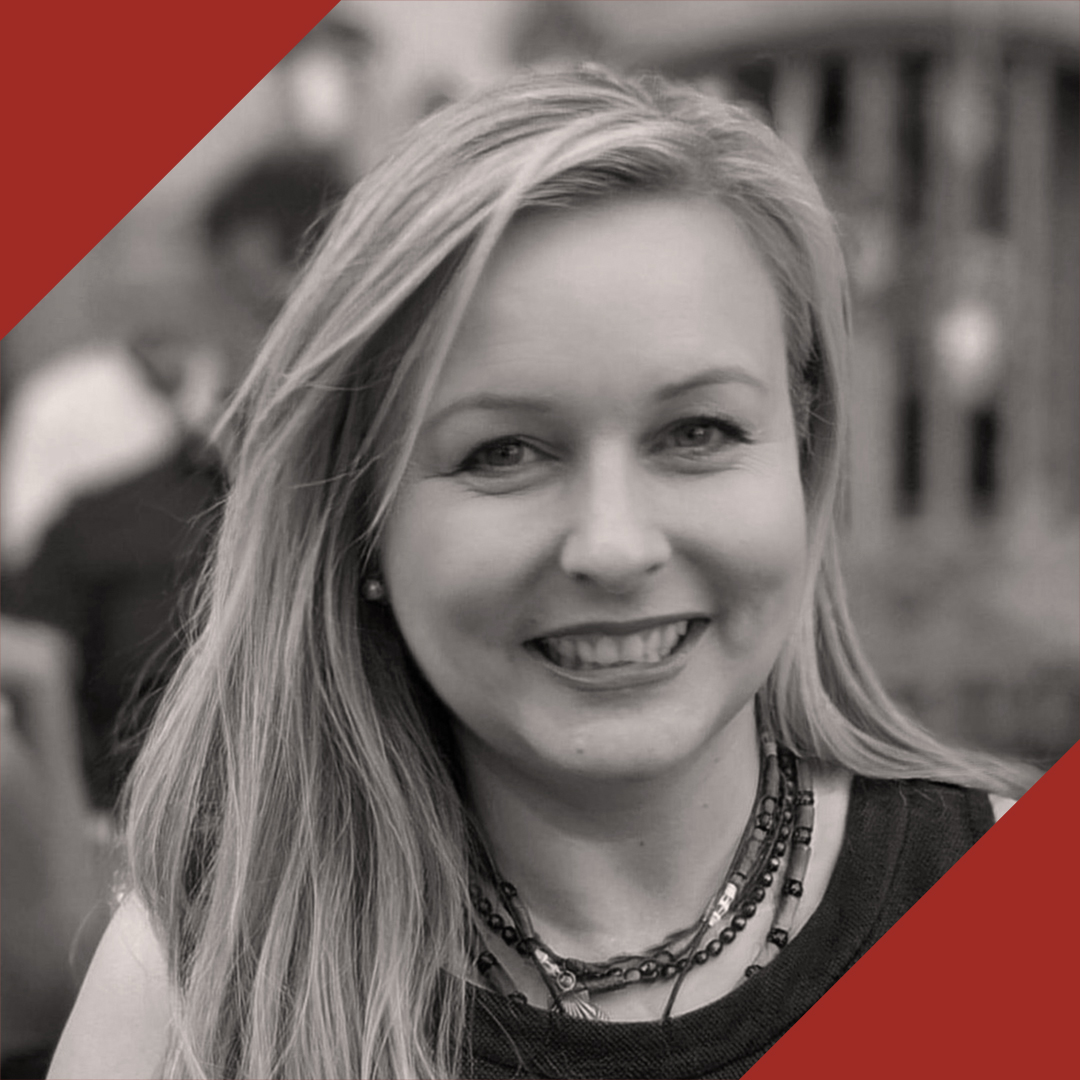 An award-winning, internationally renowned British artist who uses bio art, sculpture and digital media to explore our relationship with infectious diseases, synthetic biology and robotics.
An award-winning, internationally renowned British artist who uses bio art, sculpture and digital media to explore our relationship with infectious diseases, synthetic biology and robotics.
She conducts research at the University of Hertfordshire and the Waag Society and is a Modernizing Medical Microbiology Project resident. In 2018, she was president of the Science and Arts Section of the British Science Association.
Her works were exhibited in the Center for Art and Media Karlsruhe (Germany), Ars Electronica (Austria), BOZAR (Belgium), The Picasso Museum (Spain), HeK Basel (Switzerland), Science Gallery Detroit (USA), MOCA Taipei (Taiwan), LABoral (Spain), Art Laboratory Berlin (Germany) and Eden Project (Great Britain). They are part of the collections of ZKM (Germany), Science Museum in London (Great Britain), Eden Project (Great Britain) and Irish Linen Center & Lisburn Museum (Northern Ireland). They have also been featured in many important publications, including Frieze, Artforum International Magazine, Leonardo Journal, The Art Newspaper, Nature and The Lancet.
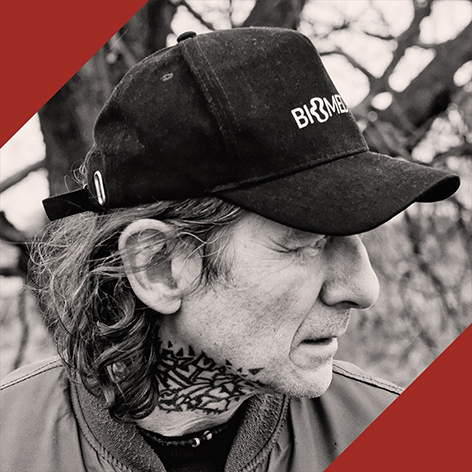 Artist and associate professor of the Academy of Fine Arts in Gdańsk. In 2016–2019, he was the vice-dean for intermedia at this university's Faculty of Sculpture and Intermedia. In his projects, he combines art, biology and technology. He describes them as biomedia art.
Artist and associate professor of the Academy of Fine Arts in Gdańsk. In 2016–2019, he was the vice-dean for intermedia at this university's Faculty of Sculpture and Intermedia. In his projects, he combines art, biology and technology. He describes them as biomedia art.
One of Flamingo’s most important projects is "Symbioticity of Creation". He started the project in 2012 and plans to continue it until 2034. The starting point of this work is breeding farmer ants that grow mushrooms. From 2021, this work is part of the permanent collection of the Copernicus Science Centre.
Visual artist, curator, author of books. She is a lecturer at the Academy of Fine Arts in Warsaw. She works at the intersection of art, activism and science. She raises political and social issues in her works, critically describing the relations between humans and non-humans and seeking more just and empathetic scenarios.
She is fascinated by combining different perspectives, people and fields of life. She looks for new connections and collaborations, including inter-species collaborations.
She creates books and drawings and ventures into space (sculpture, installation, walk). She explores the area of artistic research and is interested in generating knowledge through artistic practices. Her works were shown at individual and collective exhibitions in Poland and around the world, including the 22nd Triennale di Milano (2019) and the Museum of Modern Art in Warsaw (2020).
A visual artist living in New York. She is an assistant professor at Parsons Fine Arts and NYU Steinhardt. She examines our world’s existential and political boundaries, emphasising the issues resulting from the anthropocentric worldview of Western traditions. The recurring themes of her work are animal nature, multi-species politics, everyday existence, time, loss and repair of relationships. In collaboration with writer Laura Gustafsson, she also creates utopian alternatives to anthropocentric institutions.
Both her works and those created as a result of the Gustafsson&Haapoja collaboration were presented during individual and collective exhibitions around the world, including: at the Bucharest Bienniale (Romania), Taipei Bienniale (Taiwan), Venice Biennale (Italy), Momentum Biennale (Norway), Helsinki Bienniale (Finland), Kalmar Art Museum (Sweden), CCCB Barcelona (Spain), Kindl Berlin (Germany), Chronus Art Center (China), Kiasma Museum of Contemporary Art (Finland), ZKM (Germany), ISCP New York (USA). Haapoja represented Finland at the Venice Biennale in 2013 with an individual exhibition in the Nordic Pavilion.
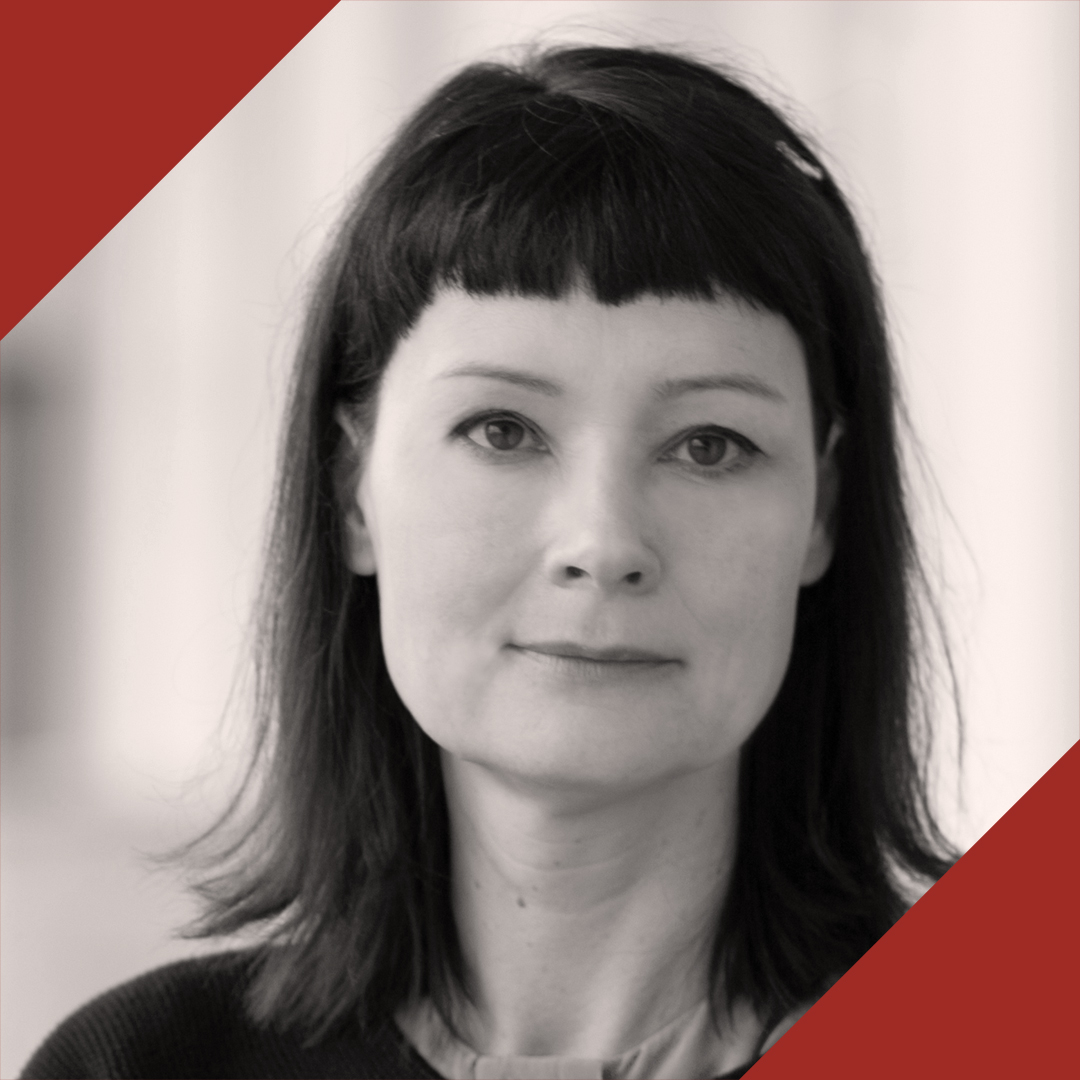 An artist working at the intersection of art and science. She is fascinated by the impact of human-made infrastructure on the planet and how it changes people, animals, plants, and landscapes.
An artist working at the intersection of art and science. She is fascinated by the impact of human-made infrastructure on the planet and how it changes people, animals, plants, and landscapes.
She cooperated with international research laboratories, including Meta Perception Group (Japan), Design Research Lab (Germany), TASML Tsinghua University Art and Science Media Laboratory (China), and Critical Media Lab (Switzerland).
Her works were exhibited at the 23rd Milan Trienniale (Italy), HEK in Basel (Switzerland), HKW in Berlin (Germany), the Boston Center for the Arts (USA), the Vienna Biennale/MAK (Austria), and the Vitra Design Museum (Germany), at V&A Dundee (Great Britain), and CAFA in Beijing (China). She was a resident in Japan (TOKAS Tokyo Art and Space, Tokyo Wonder Site Villa, and Goethe-Institut Villa Kamogawa in Kyoto). Together with Shintaro Miyazaki, she published the book "Following the Elephant-nosed Fish. Reimagining Our Sensorium".
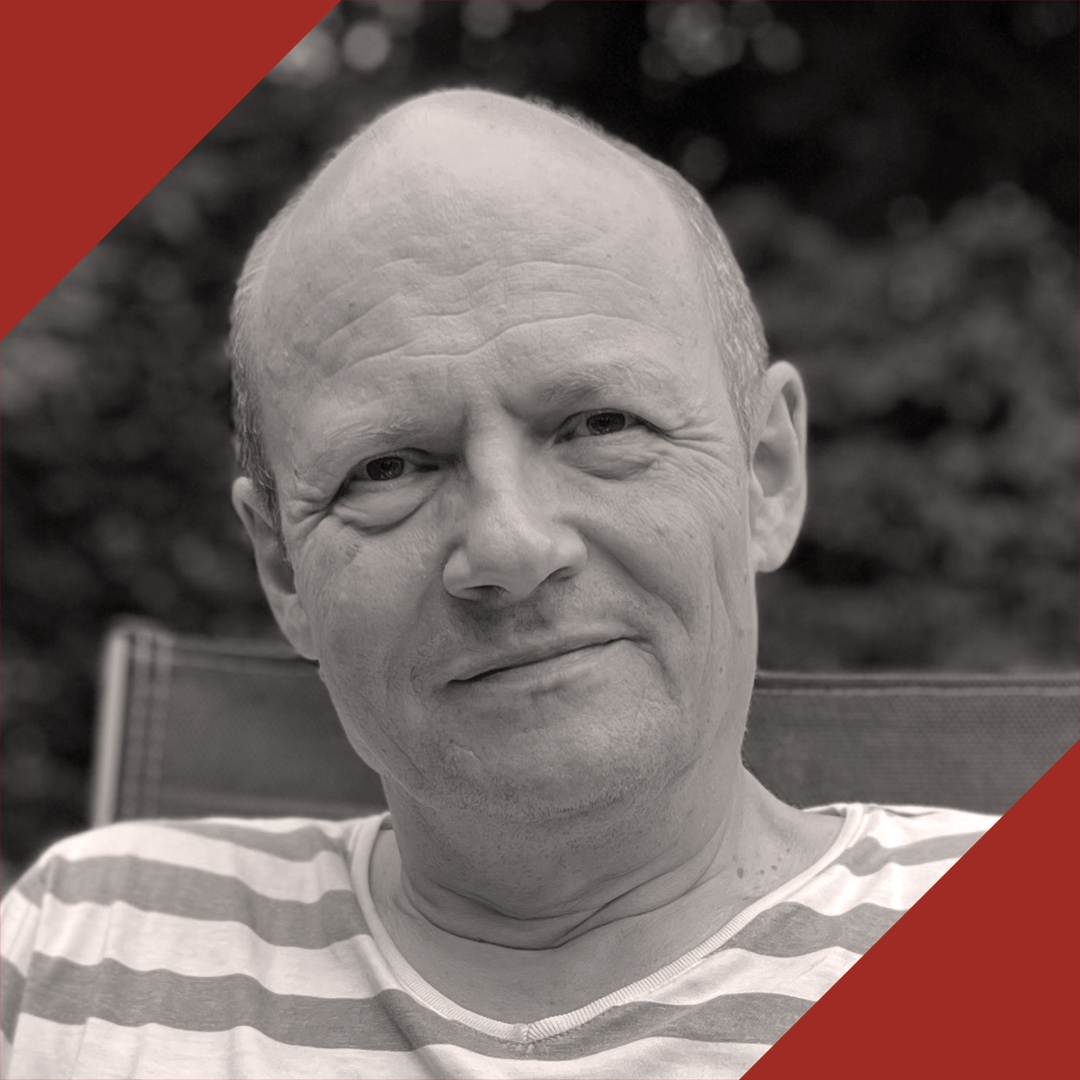 Professor at the Eugeniusz Geppert Academy of Art and Design in Wrocław, where he runs the Kinetic Design Studio. He focuses on the design and creation of three-dimensional moving objects, categorised as kinetic sculpture. He is a member of the Industrial Form Designers Association and the author of the “Copernicus” kinetic object for the Wrocław Airport.
Professor at the Eugeniusz Geppert Academy of Art and Design in Wrocław, where he runs the Kinetic Design Studio. He focuses on the design and creation of three-dimensional moving objects, categorised as kinetic sculpture. He is a member of the Industrial Form Designers Association and the author of the “Copernicus” kinetic object for the Wrocław Airport.
Jędrzejewski’s works were exhibited in Poland and abroad, including in Ravenna (Italy), Wiesbaden (Germany), Edinburgh and London (Great Britain), Jakarta and Bandung (Indonesia), and Montreux (Switzerland). They remain in permanent collections of the Lower Silesian Society for the Encouragement of Fine Arts, Copernicus Science Centre, The MAD Museum Stratford upon Avon, and Edwin’s Gallery Jakarta.
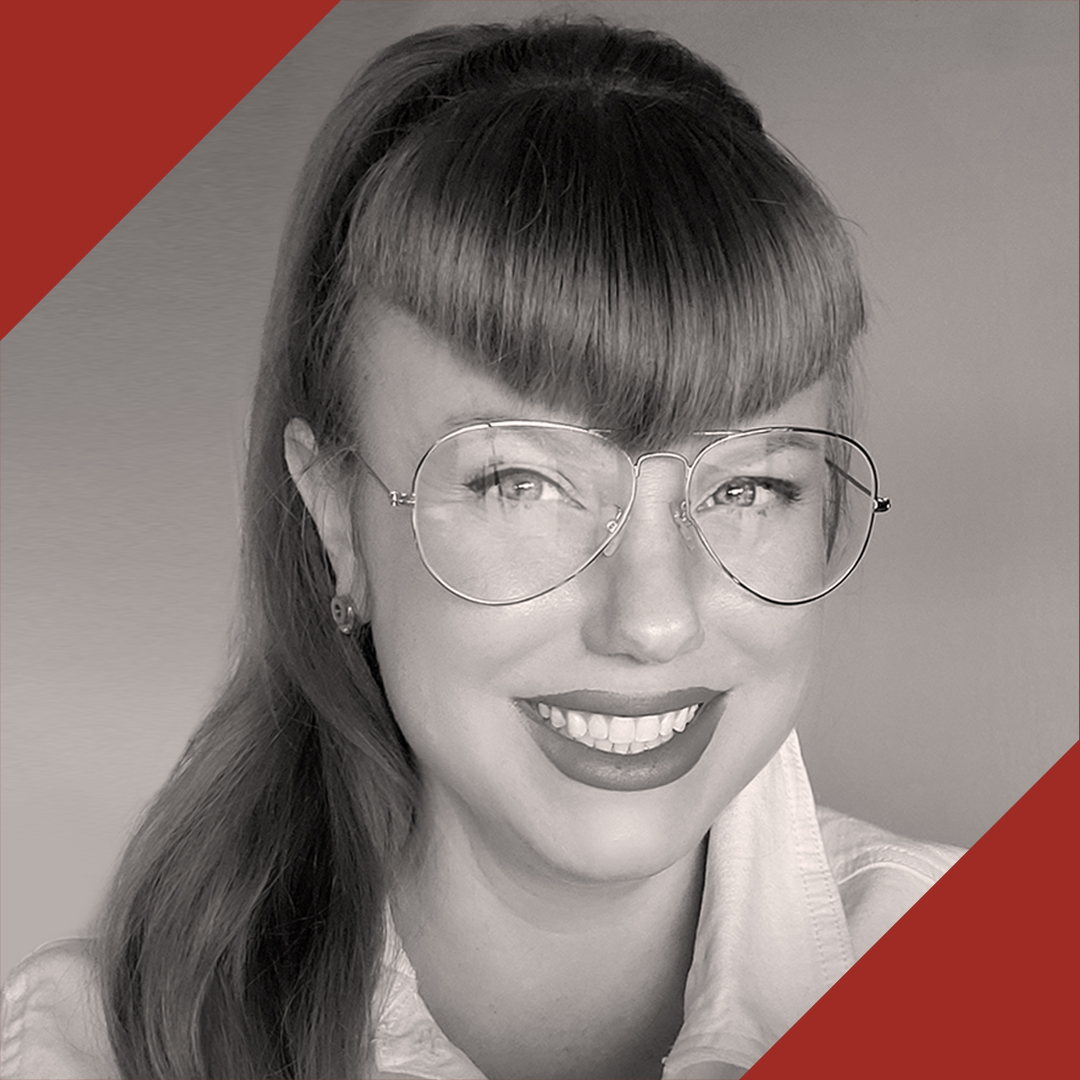 An acclaimed, ultra-modern artist and futurist specialising in exponential technologies. She creates new, hybrid art forms by synthesising physical, biological and computational systems to create emotionally engaging and intellectually stimulating works of art that demonstrate the potential of technology to shape the future.
An acclaimed, ultra-modern artist and futurist specialising in exponential technologies. She creates new, hybrid art forms by synthesising physical, biological and computational systems to create emotionally engaging and intellectually stimulating works of art that demonstrate the potential of technology to shape the future.
As part of the cultural exchange of the American Arts Incubator of the U.S. Department of State, she was an artist-diplomat in Poland and a resident at the Copernicus Science Centre. She is often invited as an expert and participant to advisory teams supporting dialogue on the impact of advanced technologies on the future of humans.
Amy Karle’s works are exhibited all over the world, including in Ars Electronica (Austria), Centre Pompidou (France), Contemporary Art Platform (Kuwait), FILE (Brazil), Media Arts Biennale (China), Mori Art Museum (Japan), The Smithsonian (USA), Triennale Milano (Italy). She was selected as one of the world’s 100 most inspiring and influential women by the BBC.
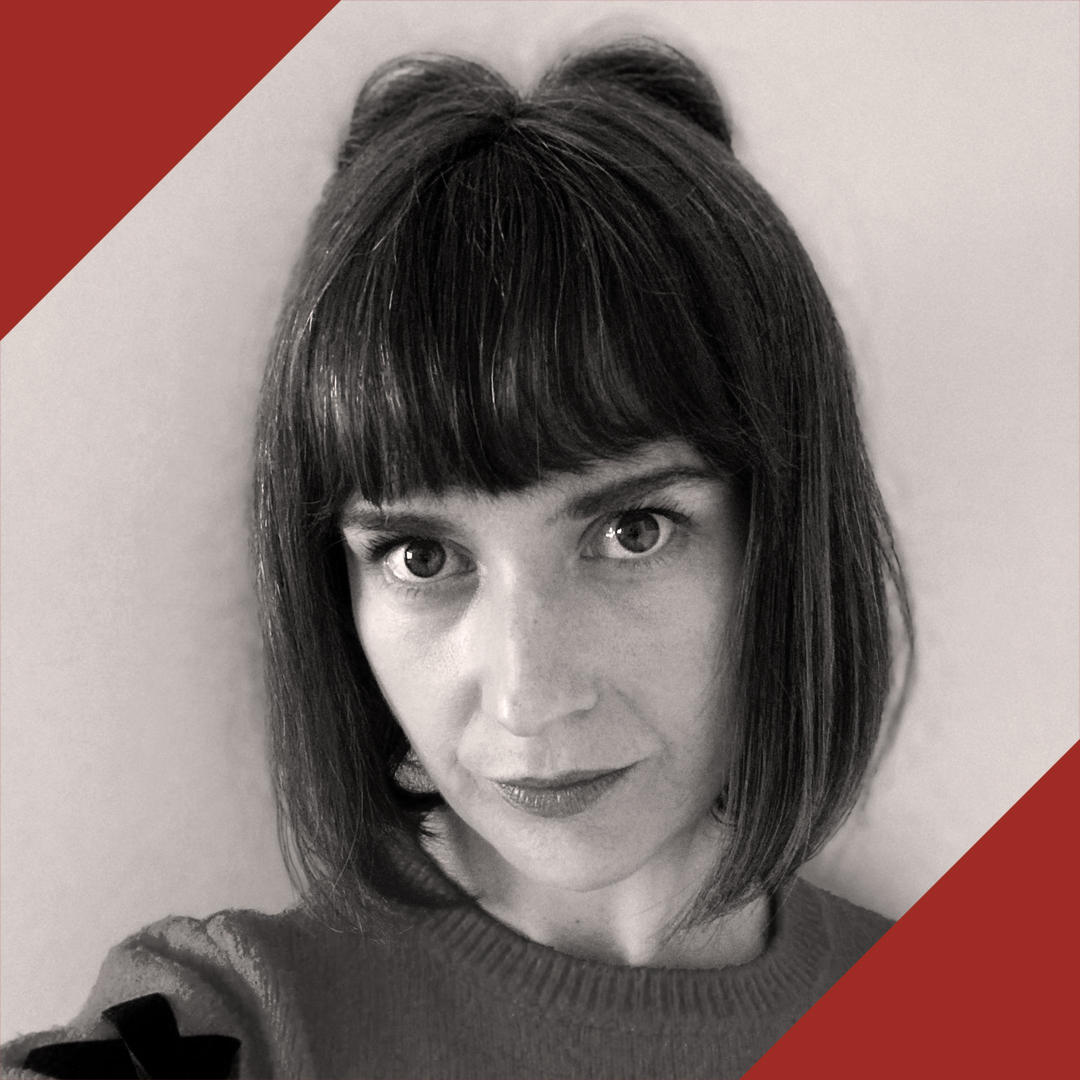 A graduate of the Faculty of Sculpture of the Academy of Fine Arts in Krakow. She creates sculptures and installations. In her artistic practice, she raises issues related to social exclusion and forgotten stories. She is interested in the concept of the archaeology of childhood.
A graduate of the Faculty of Sculpture of the Academy of Fine Arts in Krakow. She creates sculptures and installations. In her artistic practice, she raises issues related to social exclusion and forgotten stories. She is interested in the concept of the archaeology of childhood.
In 2019, she obtained her PhD from the Faculty of Art of the Pedagogical University of Krakow. She also studied at the Universitat Politècnica de València, Facultad de Bellas Artes. She holds a scholarship from the Minister of Culture and Art from the “Young Poland” project (2016) and a scholarship from the City of Krakow (Creative Scholarship, 2018, Resilient Culture, 2020). She participated in numerous individual and group exhibitions. She belongs to the OWL Art Collective.
An artist whose works oscillate between sculpture, science and architecture. In his almost thirty-year-long artistic activity, he concentrates on the human body. Kozakiewicz integrates it with the surrounding world in sculptures, environmental actions, architectural schemes and projects involving landscape shaping, which he executes in Poland and Europe.
His artistic and architectural designs draw on extremely versatile inspirations, such as genetics, physics, astronomy, and modern thinking about ecology and ancient cosmology. Abandoning the sense of certainty offered by science, Kozakiewicz presents poetic research into the nature of incarnate beings.
The artist received a distinction in the competition for the Centre of Contemporary Art ‘Znaki Czasu’ design in Toruń (2004). In 2005, he won the international competition for the design of the Reconciliation Park near the Auschwitz-Birkenau Museum, and in 2006, he represented Poland at the 10th International Architecture Exhibition in Venice.
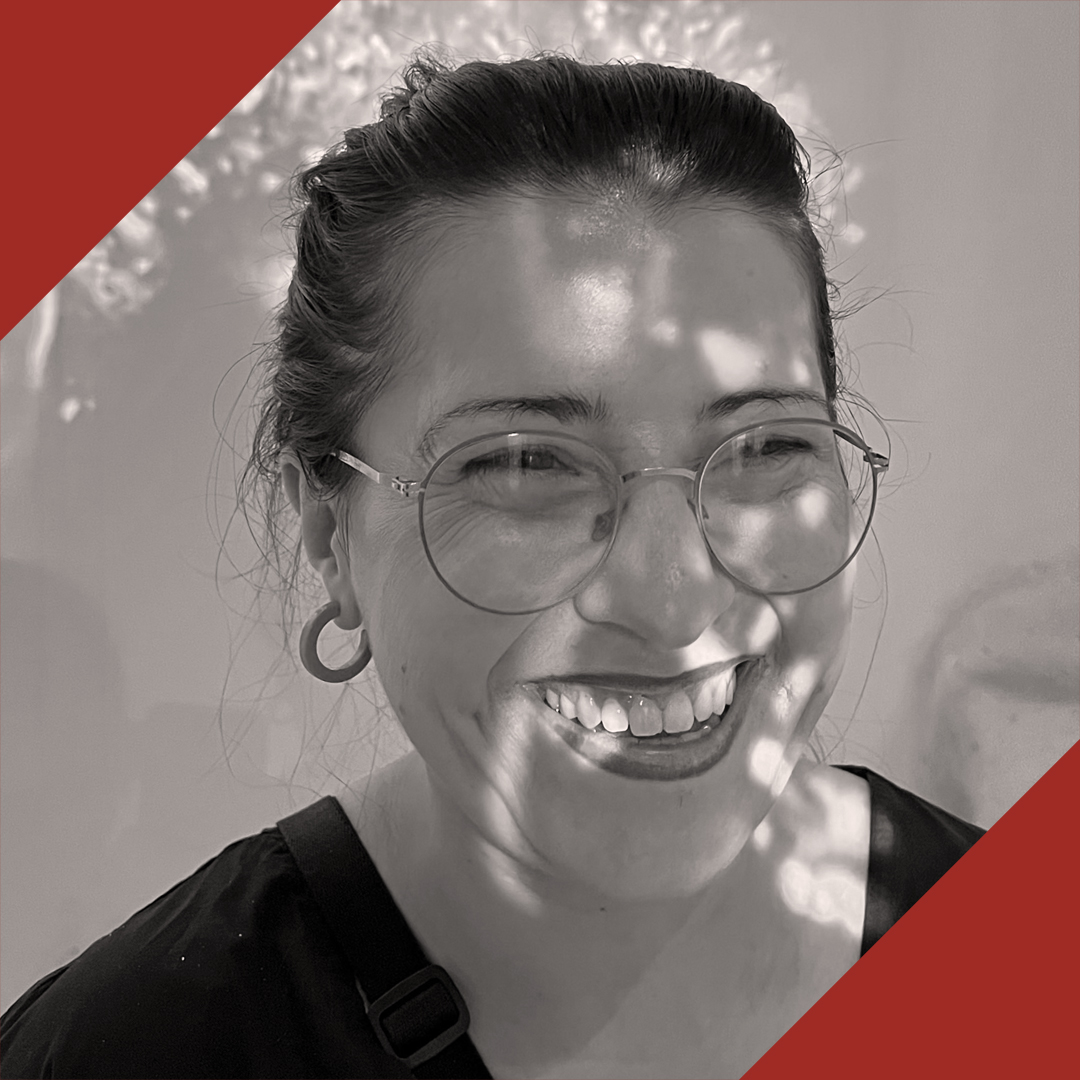 Researcher, author of books, curator. Doctor of humanities in ethnology, an art history graduate at the University of Warsaw and the School of Social Sciences at the Institute of Philosophy and Sociology of the Polish Academy of Sciences. She is an assistant professor at the Chair of Design Theory at the Faculty of Design of the Academy of Fine Arts in Warsaw. She authored, among others, books "Case. About arranging apartments in the Polish People's Republic" [Futerał. O urządzaniu mieszkań w PRL-u] (2023), "From Solidaryca to TypoPolo. Typography and collective identities in Poland after 1989" [Od solidarycy do TypoPolo. Typografia a tożsamości zbiorowe w Polsce po roku 1989] (2018), and co-authored (with Marian Misiak) the book "Paneuropa, Comet, Hel. Sketches from the history of letter design in Poland" [Paneuropa, Kometa, Hel. Szkice z historii projektowania liter w Polsce] (2015).
Researcher, author of books, curator. Doctor of humanities in ethnology, an art history graduate at the University of Warsaw and the School of Social Sciences at the Institute of Philosophy and Sociology of the Polish Academy of Sciences. She is an assistant professor at the Chair of Design Theory at the Faculty of Design of the Academy of Fine Arts in Warsaw. She authored, among others, books "Case. About arranging apartments in the Polish People's Republic" [Futerał. O urządzaniu mieszkań w PRL-u] (2023), "From Solidaryca to TypoPolo. Typography and collective identities in Poland after 1989" [Od solidarycy do TypoPolo. Typografia a tożsamości zbiorowe w Polsce po roku 1989] (2018), and co-authored (with Marian Misiak) the book "Paneuropa, Comet, Hel. Sketches from the history of letter design in Poland" [Paneuropa, Kometa, Hel. Szkice z historii projektowania liter w Polsce] (2015).
She was curator and co-curator of several exhibitions devoted to Polish design in New York and Tokyo. In 2019, she co-created (with Małgorzata Gurowska and Maciej Siuda) an exhibition in the Polish Pavilion at the 22nd Triennale di Milano Broken Nature. Design Takes on Human Survival (Italy), entitled MYKOsystem. She is a co-creator of the multiannual project ZOEpolis, dedicated to interspecies communities. So far, it has had four editions in the form of two exhibitions (in Wrocław, Kraków and Gdańsk) and a publication. Together with Małgorzata Gurowska, she co-creates the ZOE collective.
 Artist and researcher, liminal being (karolinazyniewicz.eu), a graduate of the Faculty of Visual Arts of the Strzemiński Academy of Fine Arts in Łódź, PhD in cultural sciences (title obtained in the transdisciplinary Nature – Culture doctoral program, at the Faculty of Artes Liberales of the University of Warsaw).
Artist and researcher, liminal being (karolinazyniewicz.eu), a graduate of the Faculty of Visual Arts of the Strzemiński Academy of Fine Arts in Łódź, PhD in cultural sciences (title obtained in the transdisciplinary Nature – Culture doctoral program, at the Faculty of Artes Liberales of the University of Warsaw).
While executing artistic and research projects, she also conducts ethnographic observations, which constitute the basis for her reflections on the role of nonhuman actors in creating contemporary culture. In her work, she underlines the epistemic and didactic dimensions of art.
In 2016–2018, she cooperated with the education departments of the Museum of Modern Art in Warsaw and the Zachęta National Gallery of Art. She uses her experiences in her liminal practice. She currently lives and works in Berlin.


 Ruth Dudek-Wicher, PhD Pharm – pharmacist, assistant professor at the Department and Chair of Pharmaceutical Microbiology and Parasitology at the Wrocław Medical University. Her main scientific interests include biofilm, oral cavity diseases, microbiome, essential oils and rational antibiotic therapy. She is currently in the course of completing a specialisation in clinical pharmacy. Winner of the 2018 FameLab competition, the 30 Creative People of Wrocław and 2020 Personality of the Year awards. She is the author of 20 scientific publications. She also has experience in the field of Good Distribution Practice and Pharmacovigilance.
Ruth Dudek-Wicher, PhD Pharm – pharmacist, assistant professor at the Department and Chair of Pharmaceutical Microbiology and Parasitology at the Wrocław Medical University. Her main scientific interests include biofilm, oral cavity diseases, microbiome, essential oils and rational antibiotic therapy. She is currently in the course of completing a specialisation in clinical pharmacy. Winner of the 2018 FameLab competition, the 30 Creative People of Wrocław and 2020 Personality of the Year awards. She is the author of 20 scientific publications. She also has experience in the field of Good Distribution Practice and Pharmacovigilance.
 Olivia Arthur – London-based photographer known for in-depth research on personal and cultural identity. In her first book, "Jeddah Diary", she describes the lives of young women in Saudi Arabia. Her second book, "Stranger", describes a journey to Dubai from the perspective of a shipwreck survivor. Recently, Arthur has also begun to explore people’s relationship with their bodies, their physicality and their relationship with technology. She is the co-founder of the Fishbar photography space in London. In 2013, she became the Magnum Photos agency member, and in 2020–2021 she was its president. Her pieces were exhibited worldwide and are gathered in institutional collections in Great Britain, USA, Germany and Switzerland.
Olivia Arthur – London-based photographer known for in-depth research on personal and cultural identity. In her first book, "Jeddah Diary", she describes the lives of young women in Saudi Arabia. Her second book, "Stranger", describes a journey to Dubai from the perspective of a shipwreck survivor. Recently, Arthur has also begun to explore people’s relationship with their bodies, their physicality and their relationship with technology. She is the co-founder of the Fishbar photography space in London. In 2013, she became the Magnum Photos agency member, and in 2020–2021 she was its president. Her pieces were exhibited worldwide and are gathered in institutional collections in Great Britain, USA, Germany and Switzerland.
 Amy Karle – Amy Karle – acclaimed, ultra-modern artist and futurist specialising in exponential technologies. She creates new, hybrid art forms by synthesising physical, biological and computational systems to create emotionally engaging and intellectually stimulating works of art that demonstrate the potential of technology to shape the future.
Amy Karle – Amy Karle – acclaimed, ultra-modern artist and futurist specialising in exponential technologies. She creates new, hybrid art forms by synthesising physical, biological and computational systems to create emotionally engaging and intellectually stimulating works of art that demonstrate the potential of technology to shape the future.  Rafał Lolo, PhD –molecular biologist, specialising in DNA damage and repair processes. He completed MA studies in medical biotechnology at the Jagiellonian University and PhD studies in molecular oncology at the University College London. He conducted scientific work at Oxford University and the University of Copenhagen. In 2014, he joined AstraZeneca Pharma Poland, where he is responsible for developing drugs and molecular diagnostic tests in oncology.
Rafał Lolo, PhD –molecular biologist, specialising in DNA damage and repair processes. He completed MA studies in medical biotechnology at the Jagiellonian University and PhD studies in molecular oncology at the University College London. He conducted scientific work at Oxford University and the University of Copenhagen. In 2014, he joined AstraZeneca Pharma Poland, where he is responsible for developing drugs and molecular diagnostic tests in oncology.
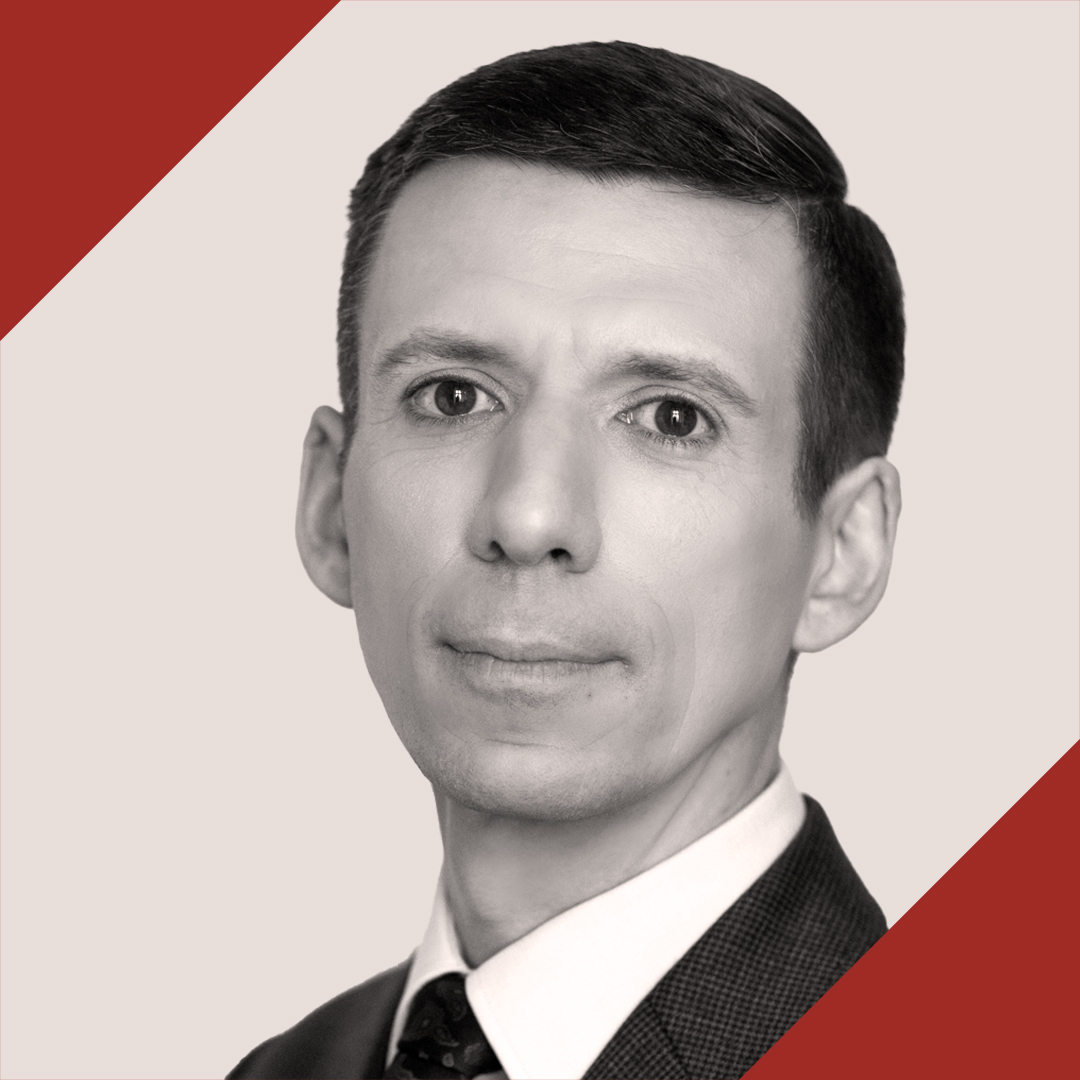 Łukasz Kamieński, PhD – academic teacher and author, professor at the Faculty of International and Political Studies of the Jagiellonian University. He focuses on the future of war, biotechnological improvements for soldiers and new military technologies, mainly in the context of the United States.
Łukasz Kamieński, PhD – academic teacher and author, professor at the Faculty of International and Political Studies of the Jagiellonian University. He focuses on the future of war, biotechnological improvements for soldiers and new military technologies, mainly in the context of the United States.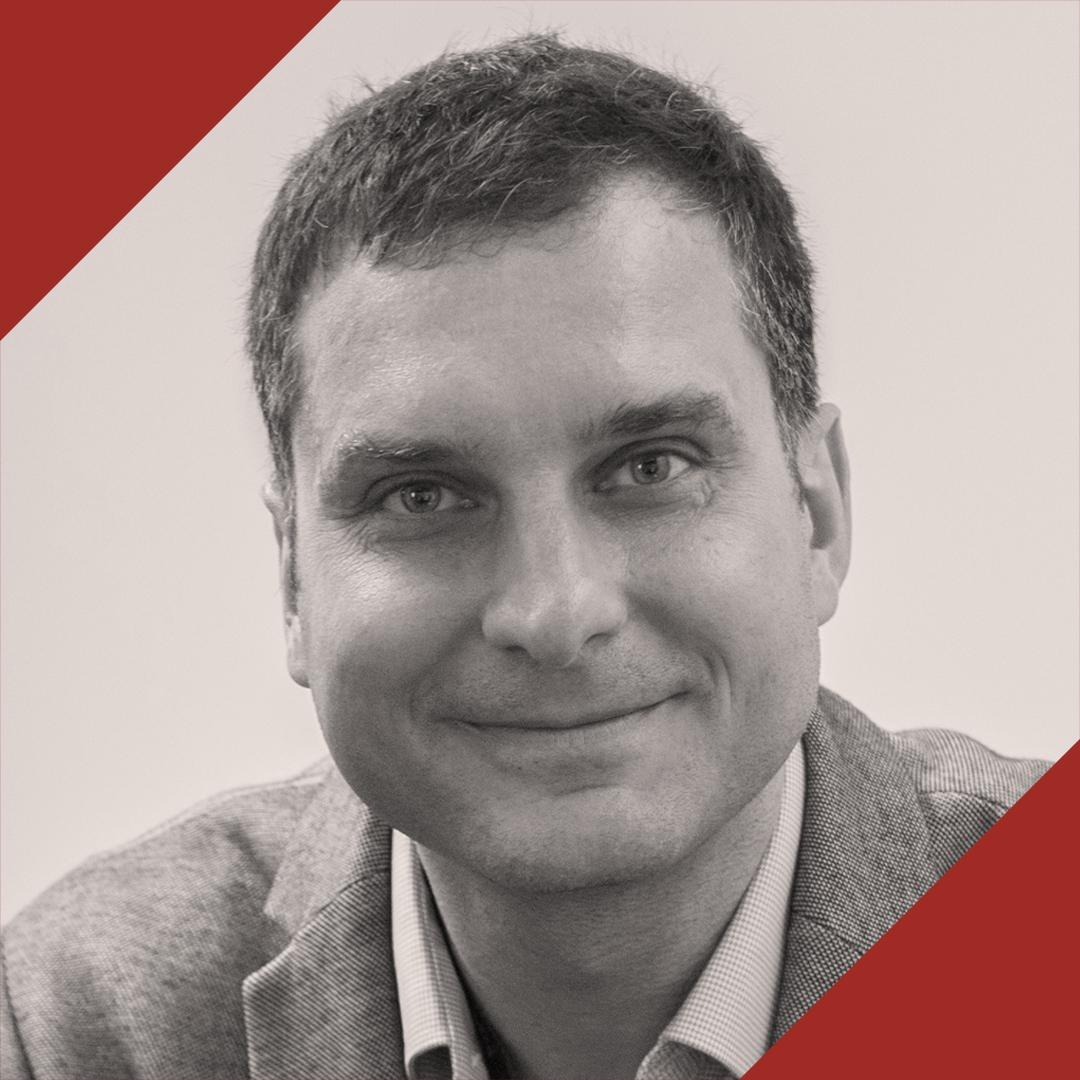 Paweł Kaliszewski, PhD – deputy director of the Polish Anti-Doping Laboratory, head of the unit dealing with players’ biological passports. For the past sixteen years, he has conducted scientific and laboratory research in detecting prohibited substances in athletes’ bodies.
Paweł Kaliszewski, PhD – deputy director of the Polish Anti-Doping Laboratory, head of the unit dealing with players’ biological passports. For the past sixteen years, he has conducted scientific and laboratory research in detecting prohibited substances in athletes’ bodies. 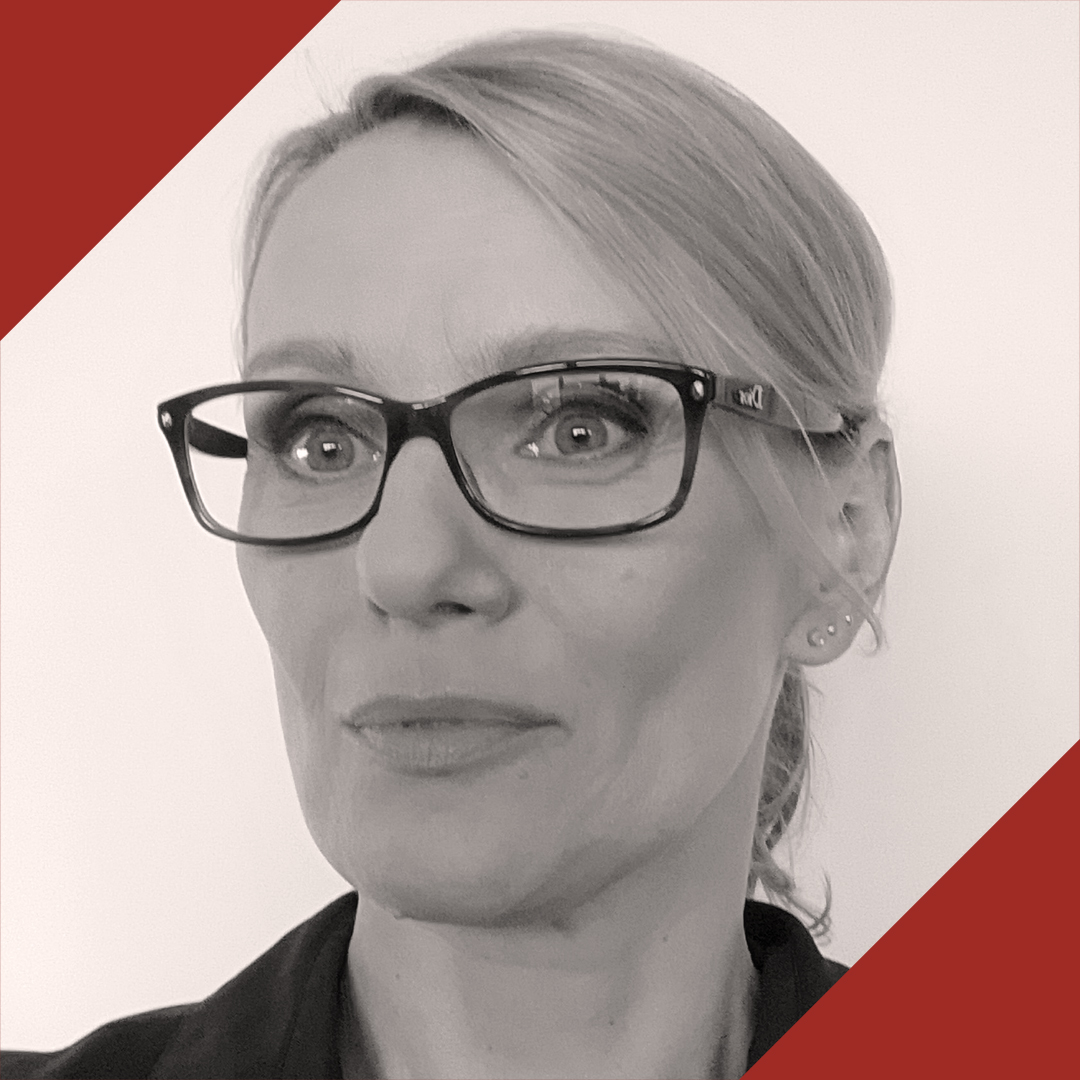 Joanna Różyńska, PhD – assistant professor at the Department of Ethics and researcher at the Centre for Bioethics and Biolaw of the Faculty of Philosophy, University of Warsaw. Her scientific interests focus on the ethics of scientific research involving humans, reproductive ethics, human rights and biomedicine.
Joanna Różyńska, PhD – assistant professor at the Department of Ethics and researcher at the Centre for Bioethics and Biolaw of the Faculty of Philosophy, University of Warsaw. Her scientific interests focus on the ethics of scientific research involving humans, reproductive ethics, human rights and biomedicine.  A London-based photographer known for in-depth research on personal and cultural identity. In her first book, "Jeddah Diary", she describes the lives of young women in Saudi Arabia. Her second book, "Stranger", describes a journey to Dubai from the perspective of a shipwreck survivor. Recently, Arthur has also begun to explore people’s relationship with their bodies, their physicality and their relationship with technology.
A London-based photographer known for in-depth research on personal and cultural identity. In her first book, "Jeddah Diary", she describes the lives of young women in Saudi Arabia. Her second book, "Stranger", describes a journey to Dubai from the perspective of a shipwreck survivor. Recently, Arthur has also begun to explore people’s relationship with their bodies, their physicality and their relationship with technology. A London-based transdisciplinary art and design studio cooperating with the world of science and technology to explore the evolution of man and the future world.
A London-based transdisciplinary art and design studio cooperating with the world of science and technology to explore the evolution of man and the future world.  An award-winning, internationally renowned British artist who uses bio art, sculpture and digital media to explore our relationship with infectious diseases, synthetic biology and robotics.
An award-winning, internationally renowned British artist who uses bio art, sculpture and digital media to explore our relationship with infectious diseases, synthetic biology and robotics.  Artist and associate professor of the Academy of Fine Arts in Gdańsk. In 2016–2019, he was the vice-dean for intermedia at this university's Faculty of Sculpture and Intermedia. In his projects, he combines art, biology and technology. He describes them as biomedia art.
Artist and associate professor of the Academy of Fine Arts in Gdańsk. In 2016–2019, he was the vice-dean for intermedia at this university's Faculty of Sculpture and Intermedia. In his projects, he combines art, biology and technology. He describes them as biomedia art.  An artist working at the intersection of art and science. She is fascinated by the impact of human-made infrastructure on the planet and how it changes people, animals, plants, and landscapes.
An artist working at the intersection of art and science. She is fascinated by the impact of human-made infrastructure on the planet and how it changes people, animals, plants, and landscapes.  Professor at the Eugeniusz Geppert Academy of Art and Design in Wrocław, where he runs the Kinetic Design Studio. He focuses on the design and creation of three-dimensional moving objects, categorised as kinetic sculpture. He is a member of the Industrial Form Designers Association and the author of the “Copernicus” kinetic object for the Wrocław Airport.
Professor at the Eugeniusz Geppert Academy of Art and Design in Wrocław, where he runs the Kinetic Design Studio. He focuses on the design and creation of three-dimensional moving objects, categorised as kinetic sculpture. He is a member of the Industrial Form Designers Association and the author of the “Copernicus” kinetic object for the Wrocław Airport. An acclaimed, ultra-modern artist and futurist specialising in exponential technologies. She creates new, hybrid art forms by synthesising physical, biological and computational systems to create emotionally engaging and intellectually stimulating works of art that demonstrate the potential of technology to shape the future.
An acclaimed, ultra-modern artist and futurist specialising in exponential technologies. She creates new, hybrid art forms by synthesising physical, biological and computational systems to create emotionally engaging and intellectually stimulating works of art that demonstrate the potential of technology to shape the future.  A graduate of the Faculty of Sculpture of the Academy of Fine Arts in Krakow. She creates sculptures and installations. In her artistic practice, she raises issues related to social exclusion and forgotten stories. She is interested in the concept of the archaeology of childhood.
A graduate of the Faculty of Sculpture of the Academy of Fine Arts in Krakow. She creates sculptures and installations. In her artistic practice, she raises issues related to social exclusion and forgotten stories. She is interested in the concept of the archaeology of childhood. Researcher, author of books, curator. Doctor of humanities in ethnology, an art history graduate at the University of Warsaw and the School of Social Sciences at the Institute of Philosophy and Sociology of the Polish Academy of Sciences. She is an assistant professor at the Chair of Design Theory at the Faculty of Design of the Academy of Fine Arts in Warsaw. She authored, among others, books "Case. About arranging apartments in the Polish People's Republic" [Futerał. O urządzaniu mieszkań w PRL-u] (2023), "From Solidaryca to TypoPolo. Typography and collective identities in Poland after 1989" [Od solidarycy do TypoPolo. Typografia a tożsamości zbiorowe w Polsce po roku 1989] (2018), and co-authored (with Marian Misiak) the book "Paneuropa, Comet, Hel. Sketches from the history of letter design in Poland" [Paneuropa, Kometa, Hel. Szkice z historii projektowania liter w Polsce] (2015).
Researcher, author of books, curator. Doctor of humanities in ethnology, an art history graduate at the University of Warsaw and the School of Social Sciences at the Institute of Philosophy and Sociology of the Polish Academy of Sciences. She is an assistant professor at the Chair of Design Theory at the Faculty of Design of the Academy of Fine Arts in Warsaw. She authored, among others, books "Case. About arranging apartments in the Polish People's Republic" [Futerał. O urządzaniu mieszkań w PRL-u] (2023), "From Solidaryca to TypoPolo. Typography and collective identities in Poland after 1989" [Od solidarycy do TypoPolo. Typografia a tożsamości zbiorowe w Polsce po roku 1989] (2018), and co-authored (with Marian Misiak) the book "Paneuropa, Comet, Hel. Sketches from the history of letter design in Poland" [Paneuropa, Kometa, Hel. Szkice z historii projektowania liter w Polsce] (2015).  Artist and researcher, liminal being (
Artist and researcher, liminal being (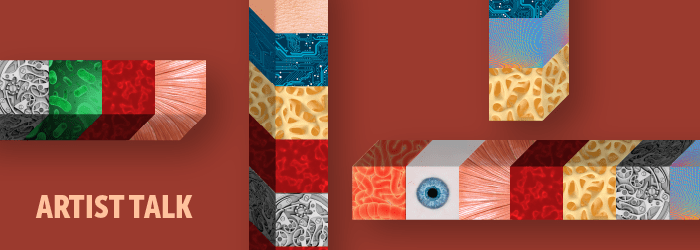
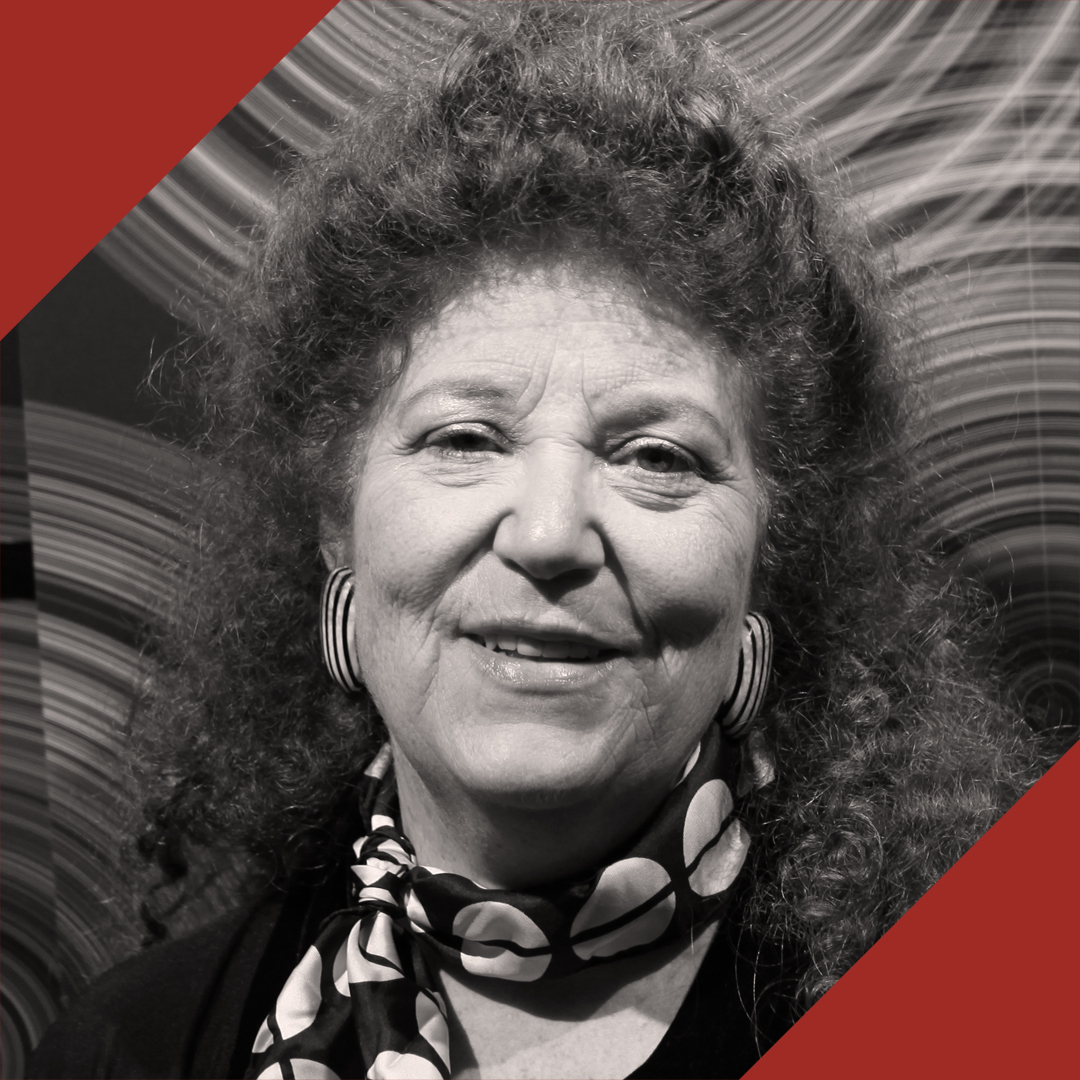 Ellen Pearlman, PhD – new media artist, curator, critic, and educator who obtained her PhD from the School of Creative Media at the Hong Kong City University. She holds the Fulbright scholarship, works at the University of Warsaw, and previously worked at MIT. She is the winner of Vertigo STARTS and the artist of Zero1 American Arts Incubator. She founded and managed ThinkWorks Arts (a high-end artistic and technological research lab) and Art-A-Hack (a rapid prototyping workshop).
Ellen Pearlman, PhD – new media artist, curator, critic, and educator who obtained her PhD from the School of Creative Media at the Hong Kong City University. She holds the Fulbright scholarship, works at the University of Warsaw, and previously worked at MIT. She is the winner of Vertigo STARTS and the artist of Zero1 American Arts Incubator. She founded and managed ThinkWorks Arts (a high-end artistic and technological research lab) and Art-A-Hack (a rapid prototyping workshop). 